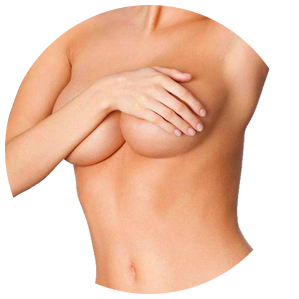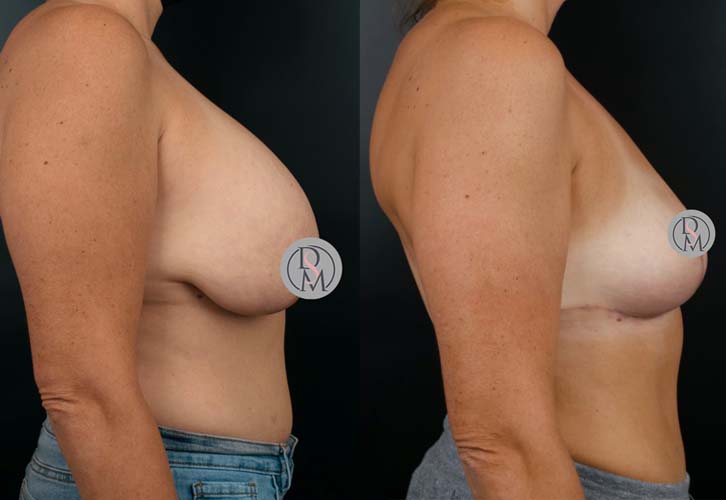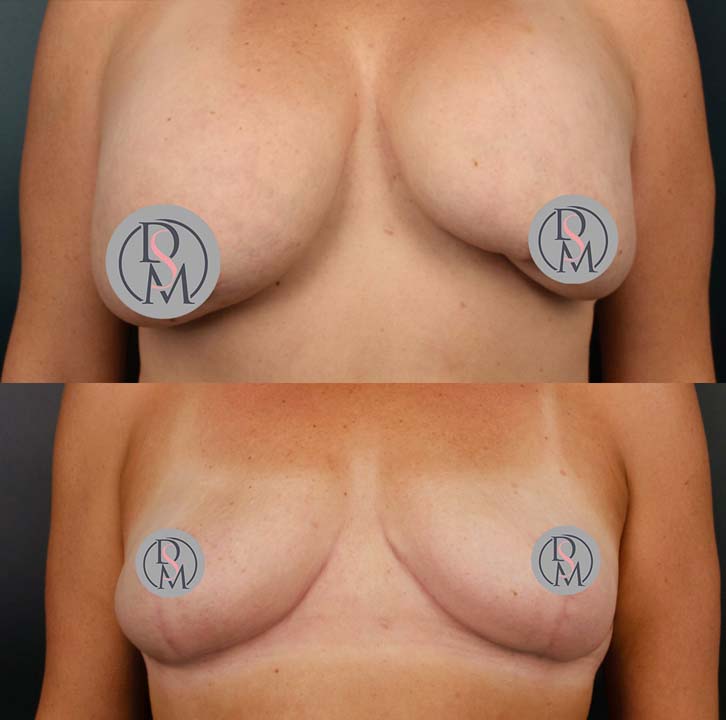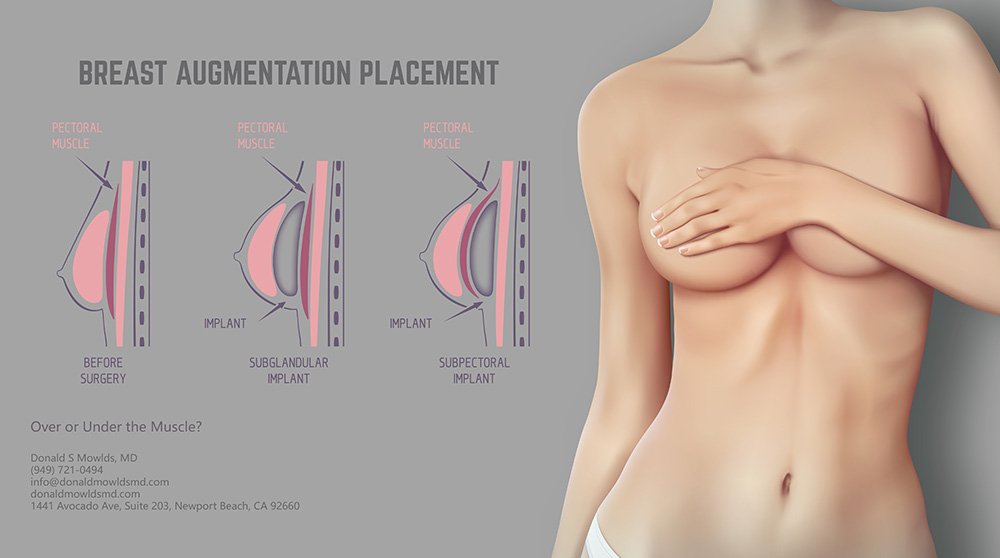
Implant Removal Procedure
REMOVE AND RESHAPE
Patient’s attitude regarding their breast implants may change with time. As such, some patients may request implant removal and breast reshaping. During this procedure, implants and scar tissue are removed with a focus on preserving breast aesthetics. Your breasts, according to you.
What to Expect
All procedures are done in a balanced fashion to create a natural esthetic.
Consultation
During the in-depth consultation we will thoroughly review your reasons for undergoing breast implant removal. Expectations following your procedure will be discussed as this will determine if additional breast re-shaping will be required. Breast implants add volume to the breast and when removed, the remaining breast tissue is often much less than anticipated. This can impart a lack of fullness at the top portion of the breast. It is important to realize that your breasts will not look like they did prior to your augmentation when the implants are removed. Breast re-shaping can dramatically improve the post-operative result and this will be discussed.
During your consultation, many measurements are recorded, which ultimately facilitate incision location and lift technique, if required.
Surgery
Surgery is performed at an accredited surgery center in Newport Beach, California, USA and typically lasts 1-3 hours depending on the degree of shaping required to achieve your desired look. Under the care of a Board Certified Anesthesiologist, general anesthesia (fully asleep) is used to ensure maximal comfort and safety. Upon request, En-bloc removal of the breast implant and capsule (scar tissue) will be performed if determined to be safe. The capsule will be sent for pathological evaluation in order to identify any abnormalities.
There are several different ways to approach a breast lift, if required, following implant removal. The incisions used will depend on the existing breast size and shape.
Crescent Lift
The incision is disguised in the upper areolar margin and generally heals very well. A crescent lift is only used in cases that involve minimal nipple malposition.
Lollipop Lift
The incision is disguised in the areolar margin with a vertical extension to the breast crease, allowing the skin to be more aggressively tightened while simultaneously elevating the nipple and areola. There is less scarring than the anchor lift and the areola can often be reduced in size if the patient desires. This technique is useful in patients with mild to moderate breast ptosis.
Anchor Lift
The incision is similar to the lollipop incision in that it is disguised in the areolar margin with a vertical extension to the breast crease. There is an additional horizontal incision that is hidden in the breast crease, which allows for maximal skin removal, tightening and nipple/areolar repositioning. The areolas can be reduced in size if the patient desires. This technique is useful in patients with moderate to severe breast ptosis.
Recovery
Patients are discharged home the same day and generally experience very minimal discomfort, often returning to light work within a week following surgery. Post-operatively, patients are advised to avoid strenuous exercise or heavy labor for 6 weeks following the procedure in order to ensure proper healing. I ask that my patients wear a supportive bra without underwire for 6 weeks following surgery.
Results
The results are expected to be long lasting provided patients maintain an active lifestyle and avoid significant change in natural breast volume (e.g. pregnancy and significant fluctuations in weight). Skin gradually loses its innate elasticity as we age, which unavoidably compromises the robustness of the lift, if performed. As such, patients may desire additional revisionary procedures to re-elevate and tighten the breasts.
FAQs
Before & After
Stunning, natural breast results from patients.
Request a Consultation
IMPLANT REMOVAL SURGERY
Receive an in-depth consultation where we will thoroughly review your goals to personalize a plan focused on a natural and aesthetic result. Dr. Donald S. Mowlds, MD is located in beautiful Newport Beach, CA but is also available via a virtual consultation for out-of-town patients.
Types of Breast Surgery
All procedures are done in a balanced and natural esthetic.
Breast Implants & Placement
Silicone vs Saline Implants. Over or under the muscle?










